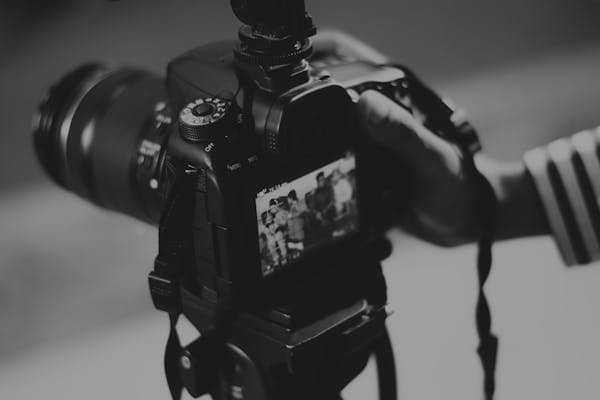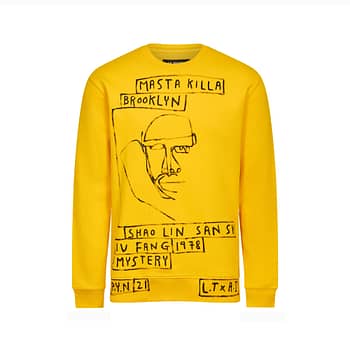How to Capture Texture and Detail in Fashion Photography
In the world of eCommerce, where customers can’t physically touch or try on clothing, capturing the texture and detail of fashion items through photography becomes crucial. High-quality images that showcase these elements can significantly impact a buyer’s decision, bridging the gap between virtual browsing and the tactile experience of in-store shopping. Here’s how you can effectively capture texture and detail in your fashion photography.
1. Choose the Right Lighting
Lighting plays a pivotal role in highlighting the texture and details of fabric. The type of lighting you choose can either enhance or flatten these elements.
- Soft Lighting: Ideal for delicate fabrics like silk or chiffon, soft lighting gently wraps around the material, subtly revealing its texture without creating harsh shadows.
- Hard Lighting: For textured fabrics like knitwear or denim, hard lighting can accentuate the surface detail by creating defined shadows that bring out the texture.
- Directional Lighting: Position your light source at an angle to the fabric to create shadows that highlight the texture. Side lighting is particularly effective for this purpose.
Experiment with different lighting setups to find the one that best showcases the fabric’s unique characteristics.
2. Macro Photography for Close-Ups
Macro photography allows you to capture extreme close-ups, revealing the finer details of a fabric’s weave or stitching.
- Use a Macro Lens: A macro lens provides the magnification needed to get up close and personal with your subject. This is especially useful for capturing intricate details like embroidery, beadwork, or the fine texture of lace.
- Focus on Key Areas: Identify the most textured or detailed parts of the garment, such as a patterned collar, button detail, or a unique fabric weave. Focus your macro shots on these areas to give customers a better understanding of the material.
3. Adjust Your Camera Settings
Your camera settings play a significant role in the clarity and sharpness of the texture and detail.
- Aperture: Use a smaller aperture (higher f-stop) to increase the depth of field, ensuring that more of the fabric is in focus. This is particularly useful for capturing the texture across a broad surface.
- Shutter Speed: Use a fast shutter speed to avoid motion blur, especially if you’re shooting handheld. A steady camera is crucial for capturing sharp, detailed images.
- ISO: Keep the ISO low to reduce noise, which can obscure fine details. If you’re shooting in low light, use a tripod to compensate for slower shutter speeds rather than increasing the ISO.
4. Utilise Reflectors and Diffusers
Reflectors and diffusers are essential tools for controlling light and shadow, which in turn affects how texture is rendered in your photographs.
- Reflectors: Use a reflector to bounce light onto the fabric, filling in shadows and highlighting texture without making it appear flat.
- Diffusers: A diffuser softens harsh light, preventing overexposure and ensuring that the fabric’s details are captured delicately without losing contrast.
5. Consider the Background and Props
The background and any props used in the shot can either enhance or distract from the texture and detail of the fabric.
- Neutral Backgrounds: A simple, neutral background helps the texture of the fabric stand out. Avoid busy patterns or colours that might compete with the garment.
- Complementary Props: If you use props, make sure they complement the fabric without overshadowing it. For instance, a wooden surface might enhance the rustic texture of a wool sweater, while a sleek, metallic prop could emphasise the smoothness of silk.
6. Post-Processing Techniques
Editing is the final step in enhancing texture and detail in your fashion photography. Here’s how to do it:
- Sharpening: Use the sharpening tool in your editing software to enhance the crispness of details. Be careful not to overdo it, as too much sharpening can create unnatural-looking images.
- Contrast Adjustment: Increasing the contrast can help make textures more pronounced by deepening shadows and brightening highlights. However, maintain a balance to avoid losing subtle details.
- Dodge and Burn: The dodge and burn tool allows you to selectively lighten or darken areas of the image, enhancing the perception of texture and depth.
7. Showcase the Fabric’s Movement
Capturing the fabric in motion can be a powerful way to illustrate its texture and quality.
- Use a Fan: Gently blowing air across the fabric can create movement, highlighting its drape and fluidity. This is particularly effective for lightweight, flowing materials like silk or chiffon.
- Incorporate Model Poses: When shooting on a model, encourage dynamic poses that naturally display the texture of the fabric. For instance, a twisting motion can show off the stretch of a knit, while a sweeping movement can highlight the flow of a dress.
Conclusion
Capturing the texture and detail in fashion photography requires a careful blend of technique, creativity, and technical know-how. By paying close attention to lighting, camera settings, and composition, and by utilising post-processing tools, you can create images that not only look visually appealing but also convey the tactile qualities of the fabric. These techniques help bridge the gap between the online shopping experience and the real-world touch-and-feel experience, making your fashion photography an effective tool for boosting sales and customer satisfaction.




